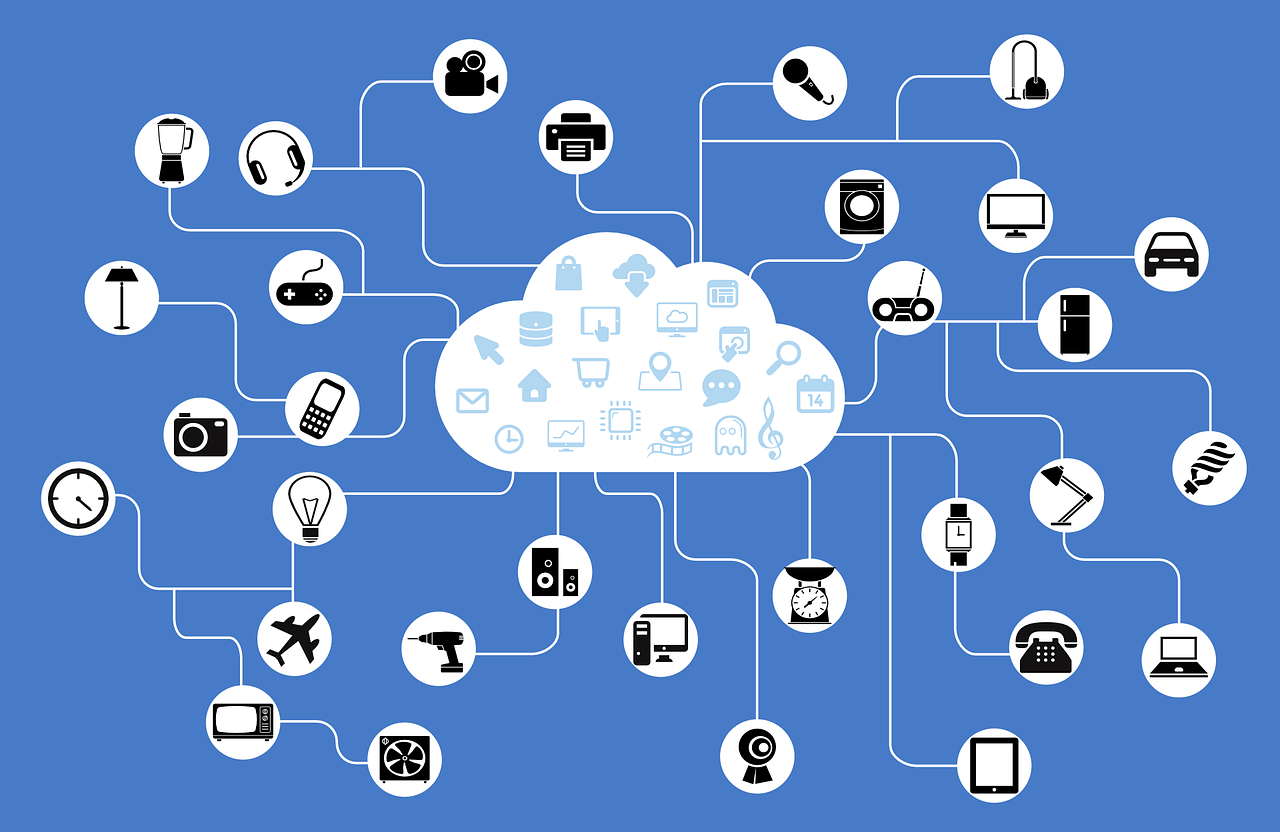The Internet of Things (IoT) brings revolutionary changes to many industries, including transportation and logistics. It enables devices to collect and exchange data in real time, leading to significant improvements in efficiency, cost reduction, and increased transparency across the entire supply chain.
Let’s take a look at how IoT is changing logistics, introduce the benefits this technology brings, and indicate what new opportunities may arise in the future.
1. IoT for logistics
IoT (Internet of Things) is a set of technologies that enable various devices, sensors, and actuators to collect and exchange data over the Internet or other communication networks. In the context of logistics, this allows for the transformation of traditional processes into intelligent systems that react in real time and optimize operations.
In warehousing, IoT technologies represent a way to achieve greater efficiency and accuracy. For example, sensors placed on pallets enable automated inventory tracking and alerts for replenishment or shipment needs. Additionally, they can automatically report inventory status and assist in order picking.
IoT in transportation and logistics enables detailed monitoring of vehicle status, their location, and even maintenance management based on actual wear and tear. This can significantly reduce operational costs and increase vehicle availability for operations. IoT also fundamentally changes the way shipments are monitored during transport.
Sensors can monitor not only the location but also the condition of the shipment, such as temperature, humidity, or whether there has been an impact. This data is crucial for shipments requiring special handling or conditions and allows for an immediate response to any potential issues.
2. IoT and logistic solutions
In logistics, IoT brings a range of innovations that transform traditional processes. Advanced analytical tools utilize data from IoT devices to predict trends and optimize logistic operations. This means that companies can better respond to changing market conditions and customer demands, leading to more efficient planning and reduced resource waste.
Robotics and automation in logistics are therefore one of the ways to increase efficiency and improve customer service. The benefits are evident in faster order processing, better product availability, and optimization of logistic chains. After all, let’s look at a few specific examples:
- Smart warehousing: Typically seen in Amazon warehouses, where IoT devices and robots work together for fast and efficient order processing. Sensors monitor inventory, and robots automatically manage the issuance and storage of goods, minimizing human errors and increasing productivity.
- Fleet management: UPS uses IoT devices in its vehicles to optimize routes and monitor vehicle conditions. This leads to fuel savings and overall efficiency improvements.
- Advanced analytics: Maersk, a global shipping company, utilizes IoT for container monitoring, enabling better cargo tracking and logistic operations optimization. Sensors track location, temperature, and other conditions in real-time, enhancing supply chain management.
3. Smart logistics for the future

The future of IoT in logistics promises even greater integration with advanced technologies, opening up new possibilities for automation and optimization. Expansion of the use of autonomous vehicles and drones for transportation and delivery of goods is expected, which could radically reduce delivery times and increase the efficiency of logistic operations.
Imagine drones delivering packages directly to customers in urban areas, while autonomous freight vehicles handle transportation between distribution centers without the need for a driver. In addition, the expansion of artificial intelligence and IoT in logistics will focus on improving predictive analysis, allowing companies to better respond to market fluctuations and adapt their strategies in real time.
Another key element will be an increased emphasis on sustainability and environmental friendliness, where IoT will help reduce the carbon footprint through route optimization and resource utilization improvement.
These innovations will not only increase efficiency and reduce costs but also improve the sustainability and adaptability of logistic chains to changing conditions and customer expectations.
IoT in transportation and logistics will change the world, be a part of it
IoT in logistics is on the verge of a fundamental transformation, leading to future innovations that are likely to redefine the entire industry. With the development of autonomous vehicles, advanced robotics, and artificial intelligence, new paths for efficiency, speed, and sustainability are opening up in logistics.
This technological evolution promises greater efficiency and cost reduction, as well as strengthening the adaptability and resilience of logistic chains to future challenges.







No Comments